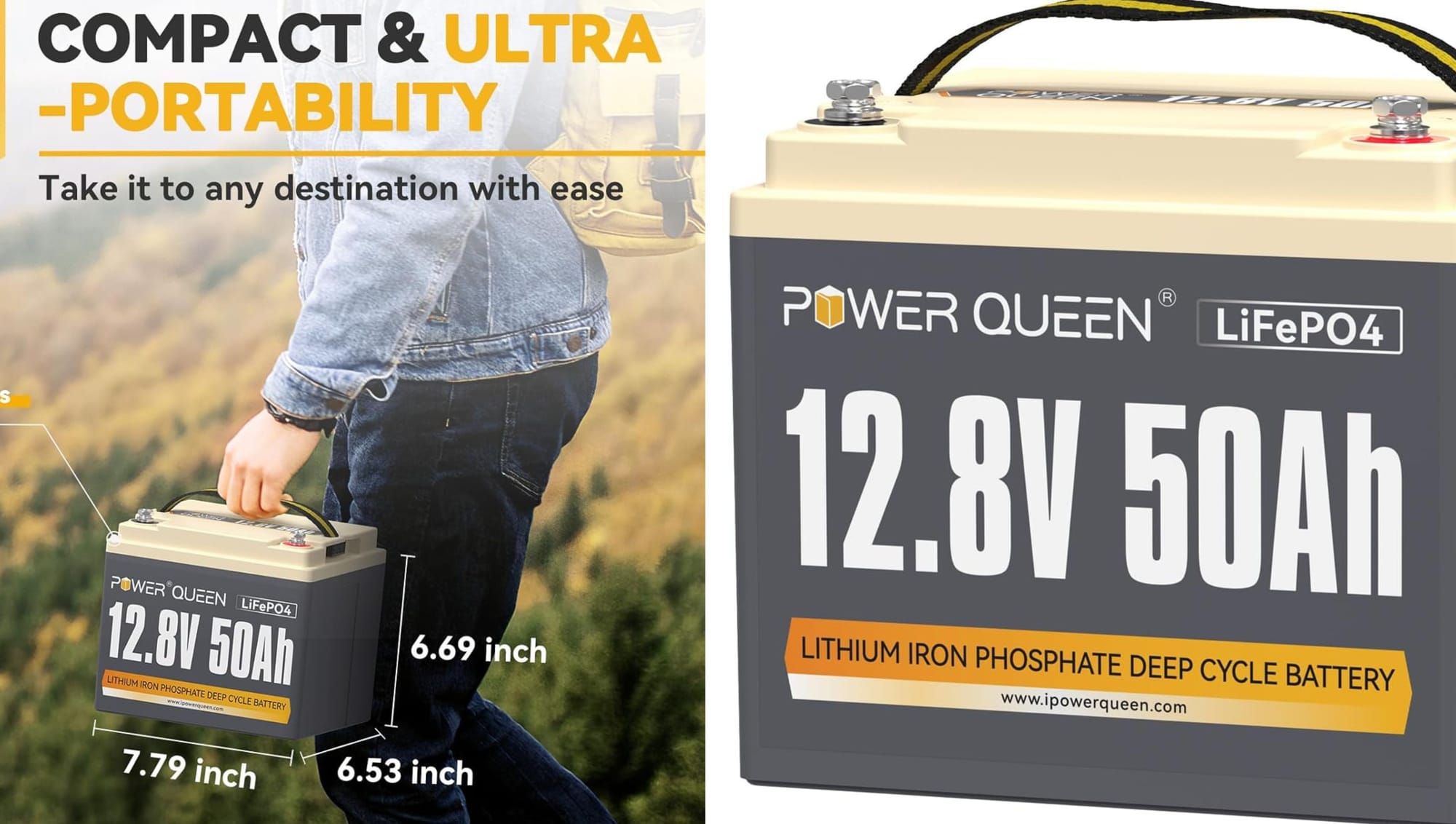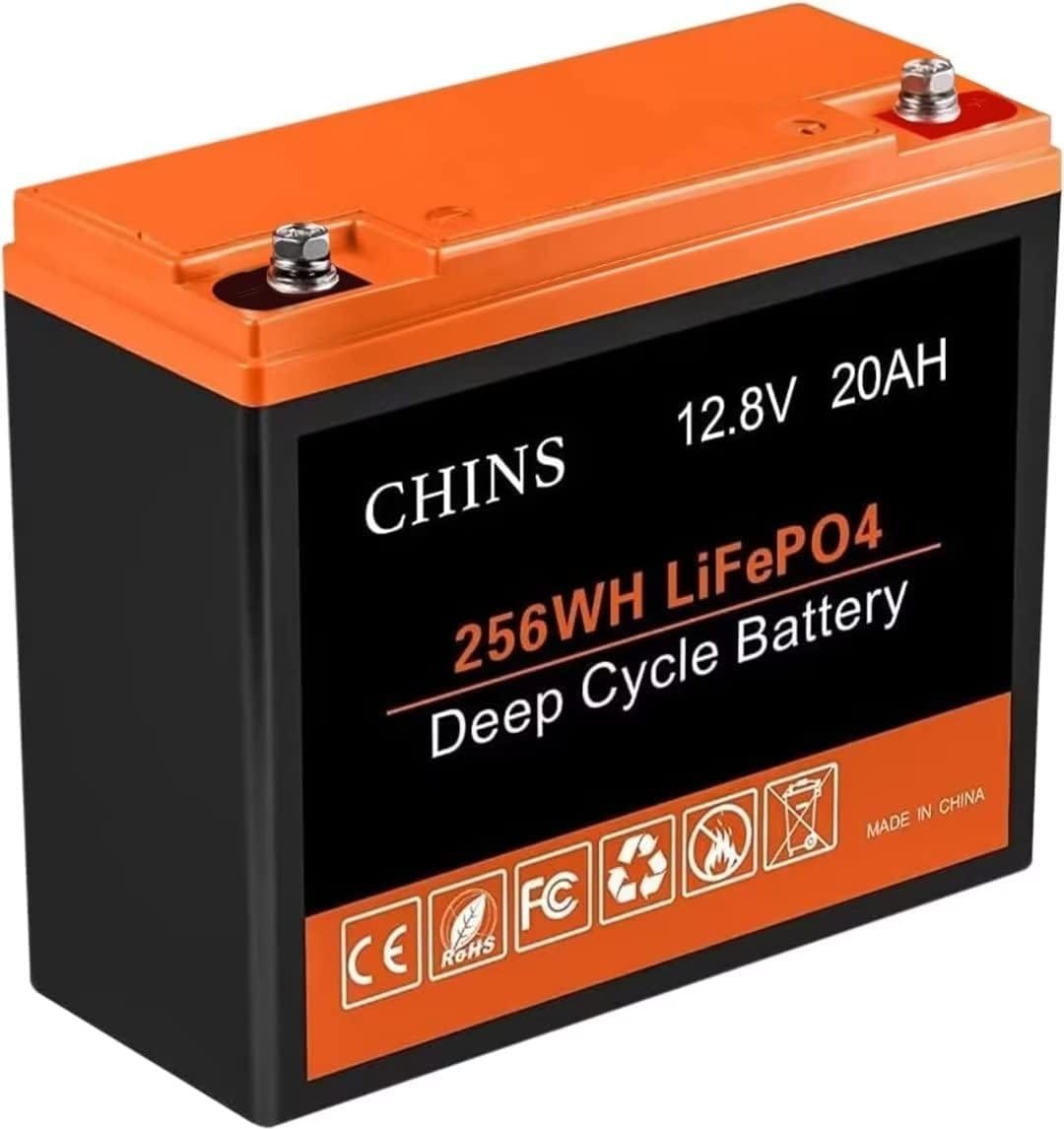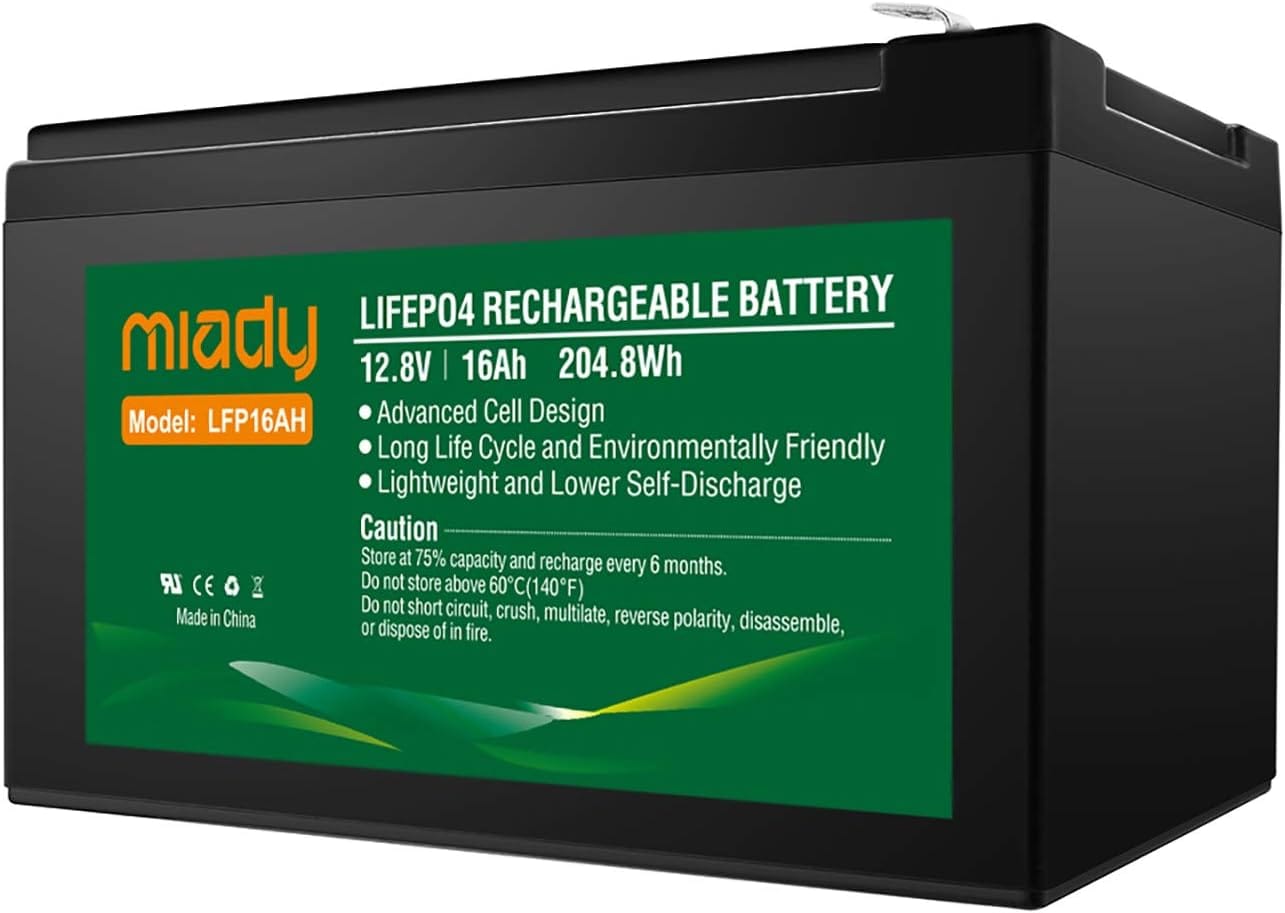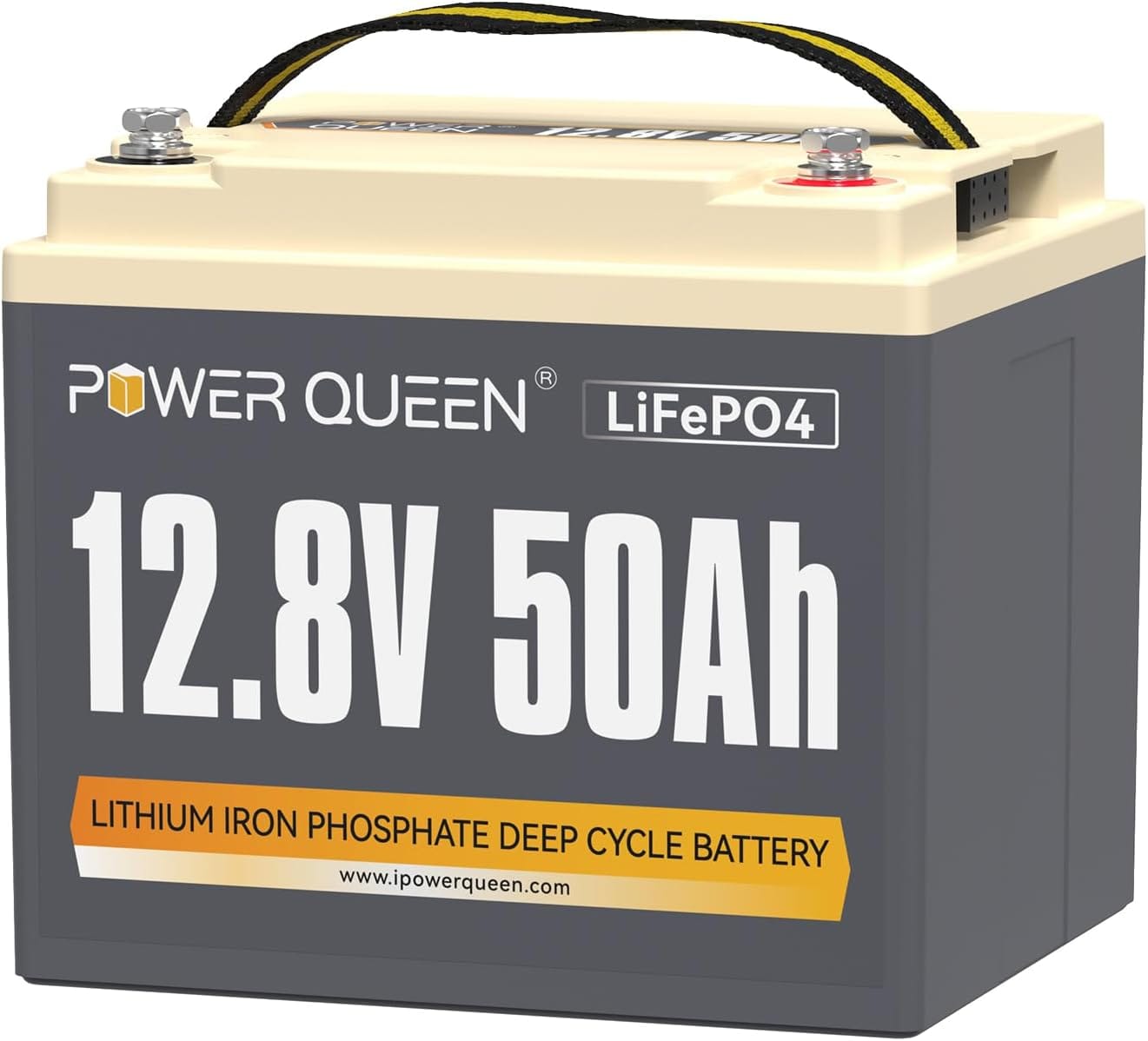Understanding LFP Batteries: The Future of Energy Storage
Lithium Iron Phosphate (LFP) batteries are a cutting-edge lithium-ion battery known for their safety, long lifespan, and stable performance.

Understanding LFP Batteries: The Future of Energy Storage
Key Takeaways:
- LFP batteries offer a safer and more stable alternative to traditional lithium-ion batteries.
- They are increasingly being used in electric vehicles and renewable energy storage systems.
- LFP batteries have a longer lifespan and are more environmentally friendly.
What Are LFP Batteries?
LFP batteries, or Lithium Iron Phosphate batteries, are a type of lithium-ion battery that uses iron phosphate as the cathode material. Unlike traditional lithium-ion batteries, which use cobalt or manganese, LFP batteries are known for their stability and safety. They have been gaining popularity in various applications, from electric vehicles to renewable energy storage systems.
The primary advantage of LFP batteries lies in their chemical composition. Iron phosphate is a more stable material compared to cobalt or manganese, making LFP batteries less prone to overheating and thermal runaway. This stability translates to a safer battery that can be used in a wider range of applications without the risk of fire or explosion.
The History of LFP Batteries
The development of LFP batteries can be traced back to the early 1990s when researchers were exploring alternatives to traditional lithium-ion batteries. The goal was to find a safer and more stable battery chemistry that could meet the growing demands of various industries. The breakthrough came when scientists discovered that iron phosphate could be used as a cathode material, offering a more stable and safer alternative.
Since then, LFP batteries have undergone significant advancements, with improvements in energy density, lifespan, and cost. Today, they are considered one of the most promising types of lithium-ion batteries, particularly for applications that require high safety and long lifespan.
How Do LFP Batteries Work?
LFP batteries operate on the same basic principle as other lithium-ion batteries. They consist of an anode, a cathode, and an electrolyte. When the battery is charged, lithium ions move from the cathode to the anode through the electrolyte. During discharge, the ions move back to the cathode, generating an electric current.
The key difference lies in the materials used for the cathode. In LFP batteries, the cathode is made of lithium iron phosphate, which offers greater thermal stability and safety. This makes LFP batteries less likely to overheat or catch fire, even under extreme conditions.
Advantages of LFP Batteries
One of the most significant advantages of LFP batteries is their safety. The use of iron phosphate as the cathode material makes these batteries more stable and less prone to thermal runaway. This is particularly important in applications like electric vehicles, where safety is a top priority.
Another advantage is the longer lifespan of LFP batteries. They can endure more charge and discharge cycles compared to traditional lithium-ion batteries, making them a cost-effective option in the long run. Additionally, LFP batteries are more environmentally friendly, as they do not contain toxic metals like cobalt or nickel.
Applications of LFP Batteries
LFP batteries are increasingly being used in electric vehicles (EVs). Their safety and long lifespan make them an ideal choice for EV manufacturers looking to offer reliable and durable vehicles. Companies like Tesla and BYD have already started incorporating LFP batteries into their electric cars.
Renewable energy storage is another area where LFP batteries are making a significant impact. Solar and wind energy systems require reliable and long-lasting batteries to store the energy generated. LFP batteries, with their high safety and long lifespan, are well-suited for this purpose.
LFP Batteries in Electric Vehicles
Electric vehicles (EVs) are one of the primary applications for LFP batteries. The safety and stability of these batteries make them an ideal choice for EV manufacturers. Unlike traditional lithium-ion batteries, LFP batteries are less likely to overheat or catch fire, providing an added layer of safety for drivers and passengers.
Moreover, the longer lifespan of LFP batteries means that EVs can go through more charge and discharge cycles without significant degradation. This translates to a longer-lasting battery and, consequently, a longer-lasting vehicle. Companies like Tesla have already started using LFP batteries in some of their models, highlighting the growing importance of this technology in the automotive industry.
Renewable Energy Storage
Renewable energy sources like solar and wind are intermittent, meaning they do not produce energy consistently. To make these sources viable, efficient energy storage solutions are needed. LFP batteries are increasingly being used for this purpose due to their high safety and long lifespan.
The stability of LFP batteries makes them ideal for storing energy generated from renewable sources. They can withstand extreme conditions without the risk of overheating or catching fire, ensuring a reliable energy storage solution. Additionally, their long lifespan means that they can be used for many years without significant degradation, making them a cost-effective option for renewable energy storage.
Safety Features of LFP Batteries
Safety is one of the most critical aspects of any battery technology, and LFP batteries excel in this area. The use of iron phosphate as the cathode material makes these batteries more stable and less prone to thermal runaway. This is particularly important in applications like electric vehicles and renewable energy storage, where safety is paramount.
LFP batteries are also less likely to overheat compared to traditional lithium-ion batteries. This makes them a safer option for various applications, from consumer electronics to industrial equipment. The reduced risk of fire and explosion makes LFP batteries a preferred choice for many manufacturers.
Environmental Impact of LFP Batteries
LFP batteries are more environmentally friendly compared to traditional lithium-ion batteries. They do not contain toxic metals like cobalt or nickel, which are harmful to the environment. This makes LFP batteries a more sustainable option for various applications.
Moreover, the longer lifespan of LFP batteries means that they need to be replaced less frequently, reducing the overall environmental impact. The materials used in LFP batteries are also more abundant and easier to source, making them a more sustainable choice in the long run.
Cost-Effectiveness of LFP Batteries
While LFP batteries may have a higher upfront cost compared to traditional lithium-ion batteries, their longer lifespan and higher safety make them a cost-effective option in the long run. The ability to endure more charge and discharge cycles means that LFP batteries need to be replaced less frequently, reducing the overall cost of ownership.
Additionally, the reduced risk of overheating and thermal runaway means that less money needs to be spent on safety measures and cooling systems. This makes LFP batteries a more economical choice for various applications, from electric vehicles to renewable energy storage.
Challenges and Limitations
Despite their many advantages, LFP batteries do have some limitations. One of the main challenges is their lower energy density compared to traditional lithium-ion batteries. This means that LFP batteries are bulkier and heavier, which can be a drawback in applications where space and weight are critical factors.
Another limitation is the higher upfront cost of LFP batteries. While they are more cost-effective in the long run, the initial investment can be a barrier for some applications. However, ongoing research and development are aimed at addressing these challenges and improving the performance and cost-effectiveness of LFP batteries.
Future Prospects
The future looks promising for LFP batteries. With ongoing advancements in battery technology, the performance and cost-effectiveness of LFP batteries are expected to improve further. Researchers are exploring new materials and manufacturing techniques to enhance the energy density and reduce the cost of LFP batteries.
Moreover, the growing demand for electric vehicles and renewable energy storage is likely to drive the adoption of LFP batteries. As more companies and industries recognize the benefits of LFP batteries, their use is expected to become more widespread.
Case Study: Tesla's Use of LFP Batteries
Tesla, one of the leading electric vehicle manufacturers, has started incorporating LFP batteries into some of its models. The decision was driven by the need for a safer and more stable battery technology that could meet the demands of electric vehicles. LFP batteries offer the safety and longevity that Tesla was looking for, making them an ideal choice for their electric cars.
The use of LFP batteries has allowed Tesla to offer vehicles with longer lifespans and higher safety standards. This has not only enhanced the performance of their electric cars but also provided an added layer of safety for drivers and passengers. Tesla's adoption of LFP batteries highlights the growing importance of this technology in the automotive industry.
Case Study: Renewable Energy Storage
A renewable energy company was looking for a reliable and long-lasting energy storage solution for their solar power system. They decided to use LFP batteries due to their high safety and long lifespan. The stability of LFP batteries made them an ideal choice for storing energy generated from solar panels.
The use of LFP batteries allowed the company to store energy efficiently and reliably, ensuring a consistent power supply even during periods of low sunlight. The long lifespan of LFP batteries also meant that they did not need to be replaced frequently, reducing the overall cost of the energy storage system. This case study highlights the benefits of using LFP batteries in renewable energy storage applications.
Comparing LFP Batteries with Other Lithium-Ion Batteries
When comparing LFP batteries with other types of lithium-ion batteries, several key differences stand out. One of the main differences is the cathode material. LFP batteries use iron phosphate, while traditional lithium-ion batteries use materials like cobalt or manganese. This difference in materials results in varying levels of safety, stability, and energy density.
LFP batteries are generally safer and more stable compared to traditional lithium-ion batteries. They are less prone to overheating and thermal runaway, making them a preferred choice for applications where safety is a top priority. However, they have a lower energy density, which means they are bulkier and heavier. This can be a drawback in applications where space and weight are critical factors.
The Role of LFP Batteries in Grid Storage
Grid storage is another area where LFP batteries are making a significant impact. The stability and long lifespan of LFP batteries make them an ideal choice for storing energy in the power grid. They can be used to store excess energy generated during periods of low demand and release it during periods of high demand, ensuring a consistent power supply.
The use of LFP batteries in grid storage also helps to stabilize the power grid and reduce the risk of blackouts. Their high safety and reliability make them a preferred choice for grid storage applications. As the demand for reliable and efficient energy storage solutions continues to grow, the use of LFP batteries in grid storage is expected to increase.
Innovations in LFP Battery Technology
Ongoing research and development are driving innovations in LFP battery technology. Researchers are exploring new materials and manufacturing techniques to enhance the performance and cost-effectiveness of LFP batteries. These innovations are aimed at addressing the current limitations of LFP batteries, such as their lower energy density and higher upfront cost.
One area of focus is improving the energy density of LFP batteries. By developing new cathode materials and optimizing the battery design, researchers aim to create LFP batteries that are more compact and lightweight. Another area of focus is reducing the cost of LFP batteries through more efficient manufacturing processes and the use of cheaper materials.
The Impact of LFP Batteries on the Environment
LFP batteries have a lower environmental impact compared to traditional lithium-ion batteries. They do not contain toxic metals like cobalt or nickel, which are harmful to the environment. This makes LFP batteries a more sustainable option for various applications.
Moreover, the longer lifespan of LFP batteries means that they need to be replaced less frequently, reducing the overall environmental impact. The materials used in LFP batteries are also more abundant and easier to source, making them a more sustainable choice in the long run.
The Future of LFP Batteries in Consumer Electronics
LFP batteries are also making their way into consumer electronics. The safety and stability of these batteries make them an ideal choice for devices like smartphones, laptops, and tablets. Unlike traditional lithium-ion batteries, LFP batteries are less likely to overheat or catch fire, providing an added layer of safety for consumers.
The longer lifespan of LFP batteries also means that consumer electronics can last longer without needing frequent battery replacements. This not only enhances the performance of the devices but also reduces the overall cost of ownership. As more manufacturers recognize the benefits of LFP batteries, their use in consumer electronics is expected to increase.
How We Choose
Choosing the right LFP battery on Amazon can be a game-changer for your power needs, whether it's for an RV, solar system, or electric scooter. To make this process seamless and stress-free, start by identifying your specific requirements, such as voltage, capacity, and application. Look for batteries with a built-in Battery Management System (BMS) for enhanced safety and longevity.
Pay attention to customer reviews and ratings to gauge real-world performance and reliability. Consider the battery's lifespan, charging time, and weight to ensure it fits your usage scenario perfectly. Our expert recommendations and detailed comparisons simplify this process, highlighting top-rated options that offer the best value for your investment. By leveraging our insights and Amazon's vast selection, you can confidently choose an LFP battery that meets your needs and exceeds your expectations. Keep reading to discover the LFP batteries we've handpicked for you. These selections are designed to meet your needs and exceed your expectations.
1.CHINS LFP Backup Power Battery

CHINS LFP Backup Power Battery
If you are looking for a deep cycle lithium ion battery that has an exceptional longevity and is more cost effective than a lead acid battery then get the CHINS LFP Backup Power Battery.
What We Love About This Product
These batteries are excellent backup power sources for UPS systems, solar and wind power generation systems, children's toy scooters, and more. The lithium battery's unique built-in Battery Management System (BMS) safeguards it against overcharging, deep discharging, overloading, overheating, and short circuits. Additionally, it boasts a low self-discharge rate, ensuring up to one year of maintenance-free storage. The CHINS LiFePO4 battery includes a BMS that manages the charging and discharging functions. These batteries have an 8A continuous discharge current and operate effectively across a wide temperature range.
What You Should Know
These lightweight batteries, weighing just 5.07 pounds, are made from 100% safe, nontoxic, renewable energy sources. As green energy batteries, they can be stored indoors without producing hydrogen gas.
2.Miady Deep Cycle LFP Battery With 2000 Cycles

Miady Deep Cycle LFP Battery With 2000 Cycles
If you are looking for a LFP Battery that has 2000 charging cycles then get the Miady Deep Cycle LFP Battery With 2000 Cycles.
What We Love About this Product
Lithium batteries can be fully discharged without risk and without any loss of future capacity. When powering lights, they will stay brighter for longer, ensuring sustained performance. The non-slip soft grip rubber offers excellent hold, while the ABS construction provides outstanding impact resistance and durability.
What You Should Know
The specifications for this product are as follows: Voltage: 12V; Capacity: 16Ah; Dimensions: 3.58 x 2.75 x 3.97 inches (L/W/H); Weight: 1.8 kg / 3.97 lbs. With your purchase, the manufacturer offers an 18-month hassle-free warranty. Additionally, you will receive 24/7 friendly and professional customer support.
3.Power Queen LFP Battery

Power Queen LFP Battery
If you are looking for a lightweight LFP battery that is easy to move; install; and has astronomical boosts in run-time then get the Power Queen LFP Battery.
What We Love About This Product
With this battery, you don't have to worry about over-discharge, over-current, overheating, or short circuits. It fully charges in just two hours and is versatile enough for use in RV camping, solar systems, household batteries, off-grid setups, electric scooters, electric wheelchairs, fishing ventures, and more.
What You Should Know
The battery has a lifespan of 10 years, weighs 11.57 pounds, and fully charges in two hours. It is not suitable for use as a starting battery. If you are unsure about its application, please contact customer service for more information.
FAQ For LFP Batteries
What are LFP batteries?
LFP (Lithium Iron Phosphate) batteries are a type of lithium-ion battery known for their safety, long cycle life, and stable thermal performance. They are commonly used in various applications such as electric vehicles, solar energy storage, and backup power systems.
How long do LFP batteries last?
LFP batteries typically have a lifespan of 10 years or more, with up to 2000-5000 charge and discharge cycles depending on usage and maintenance.
Can LFP batteries be fully discharged?
Yes, LFP batteries can be fully discharged without risk of damage or loss of future capacity, which helps maintain their performance over time.
How long does it take to charge an LFP battery?
The charging time for LFP batteries varies, but many models can fully charge in about 2 to 5 hours, depending on the charger and battery capacity.
Are LFP batteries safe?
Yes, LFP batteries are known for their safety. They have a lower risk of overheating and catching fire compared to other lithium-ion batteries. They also include built-in Battery Management Systems (BMS) to protect against overcharge, over-discharge, over-current, and short circuits.
Can LFP batteries be used in cold temperatures?
LFP batteries perform well in a wide range of temperatures, but extremely cold temperatures can affect their performance. It is advisable to keep them insulated or heated if used in cold climates.
What applications are LFP batteries suitable for?
LFP batteries are versatile and can be used for RV camping, solar energy storage, household batteries, off-grid power systems, electric scooters, electric wheelchairs, and various other applications.
Can LFP batteries be used as starting batteries?
No, LFP batteries are not suitable for use as starting batteries for vehicles. They are designed for deep cycle applications rather than providing the high current needed to start engines.
What should I do if I have questions about my LFP battery?
If you have any questions or need further information about your LFP battery, it is recommended to contact the customer service of the manufacturer or supplier. They can provide relevant information and assistance.
Do LFP batteries require maintenance?
LFP batteries are generally low maintenance. They have a low self-discharge rate and can be stored for extended periods without significant capacity loss. However, it is good practice to periodically check their voltage and ensure they are stored in a cool, dry place.
Summary
LFP batteries offer a safer and more stable alternative to traditional lithium-ion batteries. Their use of iron phosphate as the cathode material makes them less prone to overheating and thermal runaway, providing an added layer of safety. LFP batteries are increasingly being used in electric vehicles, renewable energy storage, and consumer electronics due to their high safety and long lifespan. While they have some limitations, ongoing research and development are aimed at improving their performance and cost-effectiveness. As the demand for reliable and efficient energy storage solutions continues to grow, the use of LFP batteries is expected to become more widespread.

